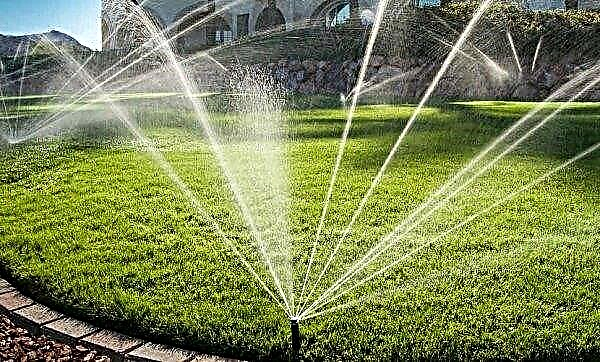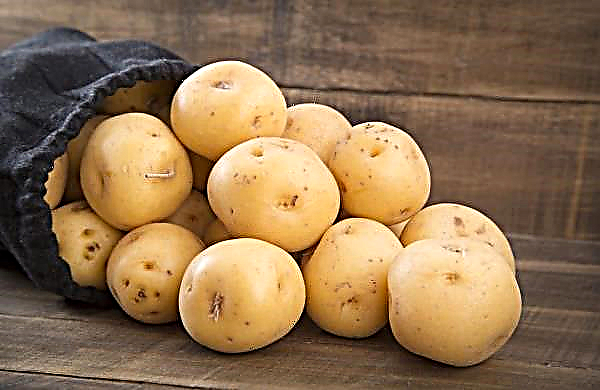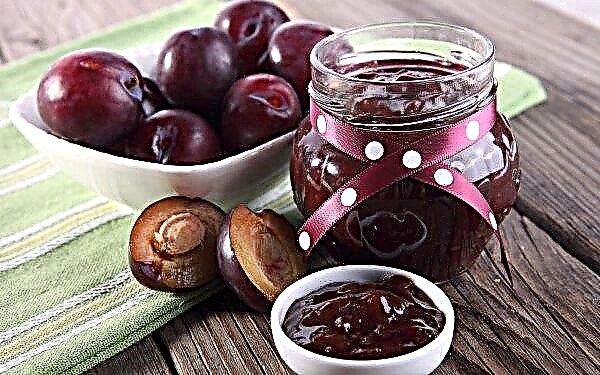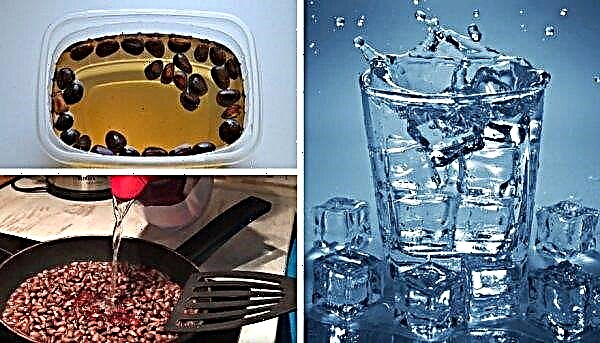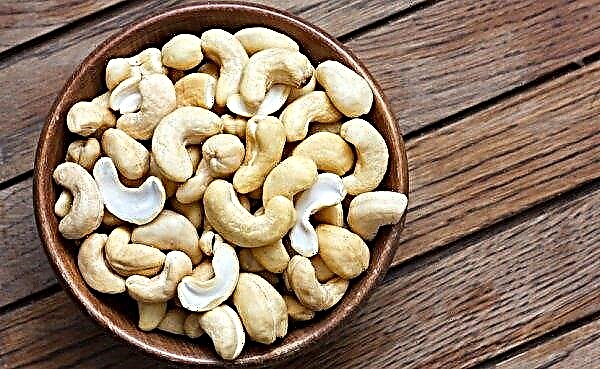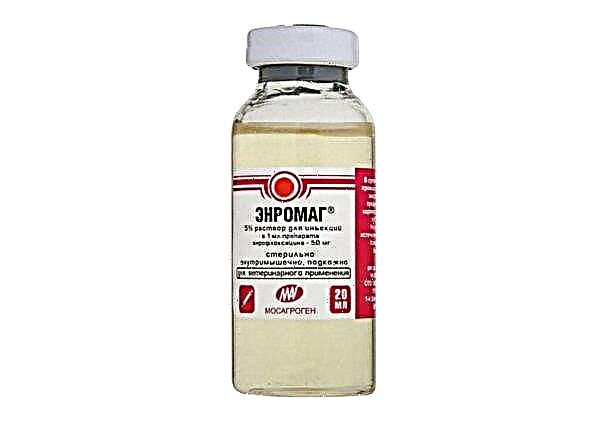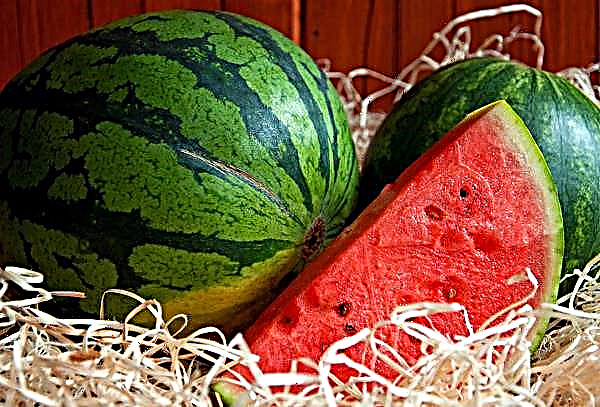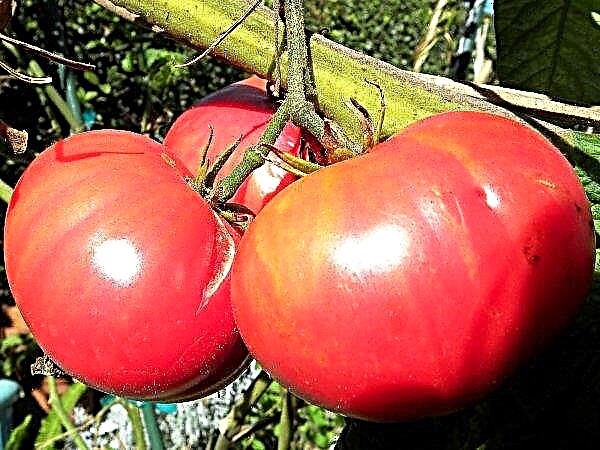Bacopa (Bacopa) - creeping ornamental plant, popular among gardeners, gardeners and landscape designers. Blooming grass can add bright colors to the garden landscape, decorate the balcony or shade the garden. In addition, this flower has good soothing properties. In this article, we will talk about the rules for growing bacopa from seeds and competent care for this amazing grass.
Short description of bacopa
Bacopa (suther, blutopia) is a genus of annual or perennial herbs of the Plantaginaceae family (Plantain), which includes about 70 species. Some species are considered weeds.
It is a succulent, creeping grass. The plant can be easily recognized by sessile fleshy leaves, as well as by the mass of small bluish, purple or white flowers (although the flowers may appear in red or pink). The stems are thin, lowered or straight, creeping, the bush is actively growing in width.
The leaves are small, heart-shaped or broadly elliptic, green, with sawtooth edges, alternate or linear (in underwater species).
The flowering period is long - the grass blooms mainly in the summer. Fruiting occurs simultaneously with flowering. Flowers solitary, with short pedicels and two bracts. The flowers are small tubular or bell-shaped. Perianth consists of 4-5 symmetrically extended lobes. Reproduction occurs by seeds and fragments of the stem. Ground leaves have a distinctive lemon flavor.
Reproduction occurs by seeds and fragments of the stem. Ground leaves have a distinctive lemon flavor.
Bacopa is found in tropical and subtropical regions around the world, especially in North and South America, as well as throughout tropical and subtropical India. Most species grow in humid conditions, although some are completely aquatic plants (for example, bacopa pinnatifolia).
Did you know? In the Ancient East, a special language of flowers was invented (floriography). And in Europe, flower dictionaries were published throughout the XVIII century. Using flowers, a person could express almost any of his feelings. Each flower symbolized something, and in combination with other flowering plants even changed its original meaning.
Dates and optimal planting conditions
It is better to start sowing in early March. You can do bacopa breeding at the end of winter, but in this case you will need to take care of the additional lighting.
When choosing a location for landing a suther, give preference to places that are brightly lit by the sun or located in a light shade. In more shaded areas, the shoots will be greatly extended, and flowering will become sparse and inexpressive.
Stratification of planting material at home can be done in the refrigerator. Seeds must be kept in a weak solution of potassium permanganate for 15–20 minutes, then rinsed. The procedure will protect future young plants from diseases.
How to plant a bacopa of seeds at home
Next, we will understand the nuances of growing bakopy from seeds. Keep in mind that a seed-grown plant has fewer inflorescences than what is cultivated in other ways.
Choice of capacity for landing
It is preferable to use transparent plastic glasses as containers for seedlings. So it will be more convenient for you to control the humidity of the substrate.
Tillage
In partial shade and humid conditions, the plant can grow in soils of various types. But friable, almost neutral, clay soil is best suited for bacopa growth. Preferred soil acidity is from 5 to 7.5 pH.
But friable, almost neutral, clay soil is best suited for bacopa growth. Preferred soil acidity is from 5 to 7.5 pH.
You can prepare the perfect soil on your own.
To do this, mix in equal amounts:
- wet compost;
- peat;
- leaf humus.
Important! Be sure to provide future plants with good drainage. Absorb excess water will help sand. Therefore, before filling the glasses with a substrate, pour a little sand on the bottom of each of them.
Preparing seeds for sowing
When purchasing seeds in a store, check the packing date: the bluetopia seeds retain their germination ability for 3 years.
To reduce the time of seed germination, immediately before sowing, planting material must be subjected to special treatment - stratification. How to conduct it was discussed above in the article.
Since the seeds of the sutra are quite small, they should be slightly buried directly in moist soil (without deepening). Cover the glasses with glass jars or plastic bags, then transfer to a warm place.
Light is needed for seedlings to germinate, but exposure to direct sunlight is contraindicated. The flower can grow in a wide temperature range (+15 ... + 40 ° С). However, the optimum temperature for seed germination is +20 ... + 23 ° C. At temperatures below + 15 ° C, the seeds do not germinate.
What needs to be done after emergence?
The first sprouts will appear after 15 days. After the formation of the first leaves, you can dive. Plant young plants at a distance of 2 cm from one another. Regardless of where you transfer the bacopa, its rhizome must be deepened by one node. Due to this, the plant will take root well in the ground and will bloom more actively.
Plant young plants at a distance of 2 cm from one another. Regardless of where you transfer the bacopa, its rhizome must be deepened by one node. Due to this, the plant will take root well in the ground and will bloom more actively.
It is during this period that active dressing and hardening of the sutra begins. Mineral raw materials in the solution for seedlings should be approximately half less than for adult bushes. Use fertilizers with a high concentration of nitrogen, potassium and phosphorus.
Important! Watering seedlings should be plentiful, drip method. Monitor the soil regularly — in no case should it dry out.
Growing and caring for an adult plant
Suthera is a whimsical flower, but if you want to see its magnificent flowering, you cannot do without observing a number of rules.
Watering and fertilizing
Bacopa is watered often and a lot, especially in dry times. Throughout the entire growth period, the soil under the crop should be saturated with water at a depth of 4-5 cm. The irrigation regime depends on the type of soil and the availability of water to maintain constant moisture in the soil.
After irrigation fluff up the ground, being careful not to damage the rhizome. Clean weeds at the same time, by hand, carefully.
It is preferable to feed bacopa from March to September once every 10 days. Use universal compounds enriched with minerals, as well as organic raw materials in the form of mullein and bird droppings.
Plant pruning
To make the grass grow even more actively, the ends of the shoots should be pinched. When the stems grow long enough, you can prune them. The remaining upper cuttings can be used for further propagation. When the shoots harden, and the flowering is not so generous, the lower part of the bacopa must be cut to 1/3 of the length. These procedures are usually performed in the fall months.
Winter Care Features
Unfortunately, most species of bacopa do not tolerate wintering in the open. So that the flower does not die, it is transferred for the winter to a cool (+8 ... + 15 ° C) room without through winds and with good lighting. The air must be moistened to prevent the appearance of fungus and spider mites.
In the winter months, grass is irrigated regularly, but less abundantly than in summer. At this time of year, the sutra rests, stopping its growth. You need to store the flower without weeds.
Pests and Diseases of Bacopa
Suthera ampelous is quite resistant to various ailments and parasites. However, with a gross violation of the rules of care, the grass becomes vulnerable.
With uncontrolled irrigation, a serious illness such as gray rot can occur. The disease affects the rhizome of the plant. To defeat rot is very difficult, so in advanced cases, the bacop has to throw it away. At the initial stage, all affected roots should be removed and the plant transplanted.
It will be useful to treat the root system with standard preparations of gray rot.
When wintering in inappropriate conditions (at excessively high temperatures), the bacopa suffers from overdrying, and becomes weak. In this state, the flower may become a victim of whitefly attack. Fight this pest by cutting off the affected areas. It is recommended to apply even such a radical measure as pruning the whole flower, after which the bacopa is transferred to a suitable medium. The use of drugs in this case can lead to the opposite effect and harm the flower.
It is recommended to apply even such a radical measure as pruning the whole flower, after which the bacopa is transferred to a suitable medium. The use of drugs in this case can lead to the opposite effect and harm the flower.
Another parasite dangerous to the suter is aphids. With the rapid detection of aphids, the plant must be immediately sprayed with soapy water. Repeat the procedure several times a week. Then pause for a 7-day pause and repeat as needed. Aphids can be removed and a strong stream of water.
Did you know? Flowers are able to respond to human behavior. For example, special devices record different reflex reactions of a plant when one person regularly picks the petals, and the second carefully cares for the flower.
Use in landscape design
Most types of suthers have found application in decorative floriculture. The culture is characterized by accelerated growth, a long period of preservation of decorativeness (in the form of lush foliage of saturated green color and colorful inflorescences). Bacopa is used to decorate the coastal strip of garden ponds.
An advantageous solution is the use of flowering grass for decorating walls and fences. In the front garden of the bacopa, it can serve both as an independent and as a background plant.
Moisture-loving cultures such as nasturtium, petunia, fuchsia, and lobelia are good neighbors for the sutra. The lushly fragrant and fragrant bacopa will give a charming look to any garden or balcony. And if at the cultivation stage it may seem too whimsical, then after fixing the plant in a permanent place, you will radically change your mind.
The lushly fragrant and fragrant bacopa will give a charming look to any garden or balcony. And if at the cultivation stage it may seem too whimsical, then after fixing the plant in a permanent place, you will radically change your mind.

